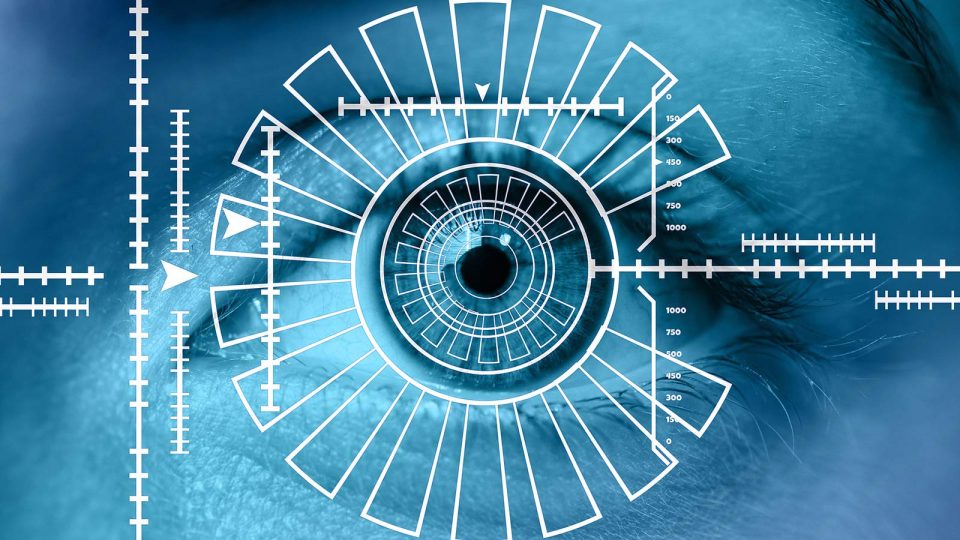Deep learning has become essential in fields that rely on accurate document scanning and data extraction. Document skew refers to the angular misalignment of scanned or photographed documents, while distortion covers a broader range of deformations, including warping or perspective misalignment. These issues often lead to degraded text and image quality, making it difficult for Optical Character Recognition (OCR) systems to extract text accurately. Deep learning, however, offers innovative solutions to overcome these challenges, improving the accuracy and reliability of document processing pipelines.
Challenges of Document Skew and Distortion
Document skew and distortion are common in both scanned documents and images captured using mobile devices. These issues may occur due to the positioning of the camera, uneven lighting, or curvature when scanning bound documents like books. In traditional OCR systems, skewed or distorted text lines can lead to significant accuracy losses, as the algorithms may misinterpret characters or misalign lines of text. This can be especially problematic for industries like finance, legal, and healthcare, where document accuracy is critical.
Traditional methods for handling skew and distortion generally involve image preprocessing techniques, such as affine transformations for slight rotations or perspective corrections for keystone distortions. However, these methods often fall short when dealing with complex document structures, varying light conditions, or severe warping. Deep learning, specifically through the use of convolutional neural networks (CNNs) and recurrent neural networks (RNNs), provides more robust solutions by learning to recognize and correct distortions across a variety of document types.
Also Read: CIO Influence Interview with Eric Olden, CEO and Co-founder of Strata Identity
Applying Deep Learning Models to Correct Skew
Deep learning-based approaches for skew correction generally start with detecting the orientation of the document and aligning it. CNNs, which are highly effective at image recognition tasks, can be trained on large datasets of document images with varying degrees of skew. By feeding labeled data with known skew angles into the CNN, the model can learn to predict the degree and direction of skew in new documents.
One common method is to use a regression-based CNN model that outputs the angle of skew. After the skew angle is predicted, an inverse transformation can be applied to rotate the document, effectively straightening the text lines. In more advanced implementations, the skew correction network can be combined with an OCR network in an end-to-end pipeline, allowing the system to both detect skew and interpret text in a seamless process.
Correcting Perspective and Warping with Deep Learning
Perspective distortion, where parts of the document appear closer to the camera than others, requires more sophisticated correction techniques. Here, deep learning approaches often rely on spatial transformer networks (STNs) and generative adversarial networks (GANs). An STN can modify the input image spatially to correct distortions, adapting the view of the document to resemble a top-down perspective. For instance, STNs are designed to learn transformation parameters that align the image to the correct perspective, making the text uniformly readable.
GANs are also valuable for warping corrections, especially for images where documents are captured at severe angles or with uneven lighting. A GAN architecture typically consists of a generator and a discriminator; in document processing, the generator attempts to create a corrected, “flattened” version of a distorted image, while the discriminator evaluates the output’s authenticity by comparing it to real top-down images of documents. Through this adversarial process, GANs can gradually improve their outputs to correct warping and achieve visually accurate document reconstructions.
Deep Learning Pipelines for Complex Document Layouts
For documents with complex layouts, such as those with multiple columns, tables, or images, deep learning can identify and process different sections independently. Region-based CNNs (R-CNNs) are particularly useful here. These models can detect and segment various sections of a document, allowing each region to be corrected individually. This method is advantageous in handling documents with mixed elements, as it enables the model to apply separate transformations based on the structure of each section.
Furthermore, combining CNNs and RNNs in a hybrid approach can improve text recognition in complex documents by capturing spatial relationships. The CNN can analyze the layout, while the RNN processes the sequence of text lines and elements, effectively handling line-by-line skew or character-level distortions.
Enhancing Document Processing with Attention Mechanisms
Attention mechanisms, originally developed for natural language processing, are now integrated into document correction models to help focus on specific regions of interest. For instance, in heavily skewed or distorted documents, attention mechanisms can help prioritize areas where text is denser, ensuring that corrections are applied more effectively to crucial parts of the document. This approach also minimizes computational overhead, as the model learns to ignore irrelevant regions.
Training Data Requirements and Model Evaluation
Training deep learning models for document skew and distortion correction requires extensive datasets of labeled images with a variety of distortions. Synthetic data augmentation is commonly used, where skew and perspective transformations are applied to document images to increase the diversity of the training set. This approach ensures that the model generalizes well to different document types and levels of distortion.
Also Read: Top 10 Test Data Management Tools for Clean and Secure Data
To evaluate model performance, metrics such as mean squared error (for angle prediction), text recognition accuracy (post-correction), and document readability scores are used. An ideal model should minimize errors across different document types and maintain high OCR accuracy on corrected outputs.
Deep learning has revolutionized the ability to overcome document skew and distortion, providing sophisticated methods that surpass traditional image processing. By employing CNNs, GANs, STNs, and attention mechanisms, deep learning models correct even complex distortions, enabling more accurate document analysis. These advancements are particularly valuable in automating document-heavy workflows, offering consistent accuracy improvements across a wide range of applications, from legal and financial documents to educational materials.


